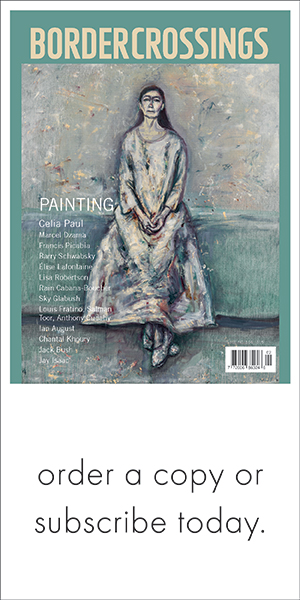Early in Moby-Dick, Ishmael tells us, while describing Queequeg’s island home, “It is not down in any map; true places never are.” His point is that a map cannot replicate the full truth of a place —“far away” or otherwise — because it is inherently a subjective form, one that reflects the biases and world views of its maker. Even as maps manipulate our sense of reality, whether implicitly or overtly, we have relied on them as dependable baselines since the printing press democratized cartography five hundred years ago. A printed map may be skewed (like Mercator’s Eurocentric projection) or dated (like those in my grandfather’s well-worn road atlas), but we deem it trustworthy enough to help us navigate the world. And as a static text that we hold in our hands, it announces itself plainly when it’s been revised or updated.
Like so many things, cartography has migrated to our smartphones, and, in many ways, it is more reliable than ever before: by presenting road and traffic conditions in real time, for example, or by keeping local business hours up to date. Our smartphone dependence also infuses the digital maps we view on our screens with even greater objective authority, however misplaced. We blindly trust the cloud to help us see clearly. And that should give us pause.
Consider how Google Maps, among the most popular smartphone apps in the world, depicts downtown Toronto, specifically the Garden District — bounded by Yonge Street to the west and Sherbourne Street to the east, Carlton Street to the north and Queen Street East to the south. As the map would have it, this vast swath of drab city streets features little in the way of actual gardens. In fact, as viewed on a phone, it’s a decidedly undesirable area, if not downright inhospitable. Yet the Garden District is home to both Allan Gardens, one of the city’s oldest parks, and Moss Park, a 3.4-hectare space with tennis courts, baseball diamonds, a playground, and, fittingly, a community garden. Unlike the vast majority of parks on Google Maps, whether the postage-stamp-sized Orphan Green or the sprawling High Park, neither of these sizable places is rendered in green. In a powerful cartographic sense, Google Maps simply overlooks them.
Of course, “overlooked” is how people often describe Moss Park and its environs, with its concentration of social services, shelters and community housing, and safe-injection sites. Many avoid the area altogether or pass anxiously by on the 501 streetcar. Google Maps confirms a pre-existing bias — and shapes how countless Torontonians and visitors consciously or subconsciously perceive the area, its property values, and its oft-maligned residents.
The stakes are higher still when digital maps weigh in on sovereignty disputes, largely in unheralded ways, without the obvious imprimatur of “revised” or “new edition.” In spring 2014, following a controversial referendum, Google Maps began serving up varying depictions of Crimea — as part of Ukraine, as independent of Ukraine, and as something in between, depending on a user’s IP address. It’s a fraught exercise of Choose Your Own Cartography that Apple replicated this past November, when its maps recognized Russia’s annexation of the peninsula, at least for those users living in Russia. According to the New York Times, the Kremlin “is now rejoicing,” while Ukraine’s foreign minister, Vadym Prystaiko, tweeted that Apple “doesn’t give a damn” about his country’s pain. Amid the backlash, Apple promised to take “a deeper look at how we handle disputed borders,” which might well include contested places like Taiwan, Palestine, or Hans Island, which may or may not be Canadian.
Google and Apple are not the only cartographers in town. Bing, Mapquest, Michelin, and Wikimapia are among those that depict a much greener Garden District. Here WeGo, another app, considers Crimea part of Ukraine. But these are relatively small players in a game dominated by a handful of giants. Emerging from something of a cartographic monopoly, maps increasingly resemble our concentrated news media. We cannot discuss and understand the shape of journalism and fake news today, nor can we fully understand the cartography that shapes our world views, confirms our biases, or inflames our disagreements, without grappling with Facebook, Google, and Twitter. No longer is it simply the case that true places are not in any map. It’s that more and more fake ones potentially are.
Kyle Wyatt is the editor-in-chief of the Literary Review of Canada.

